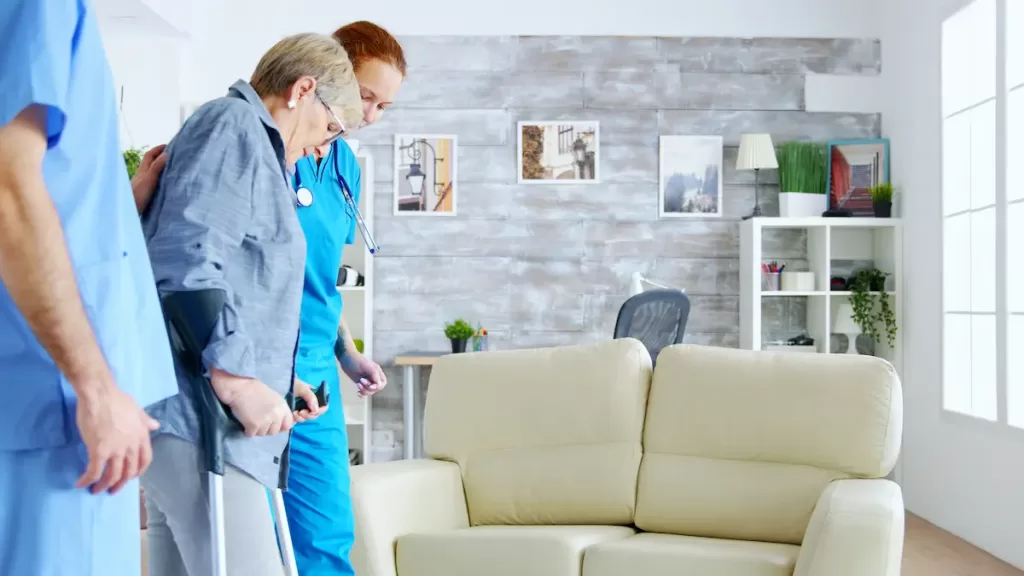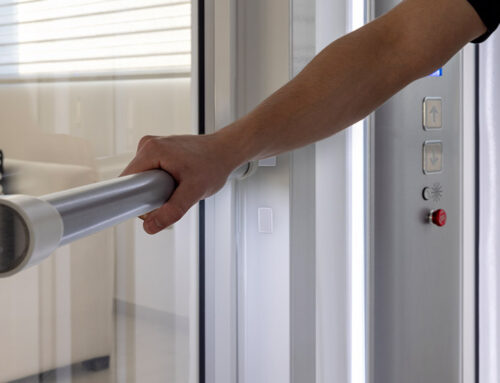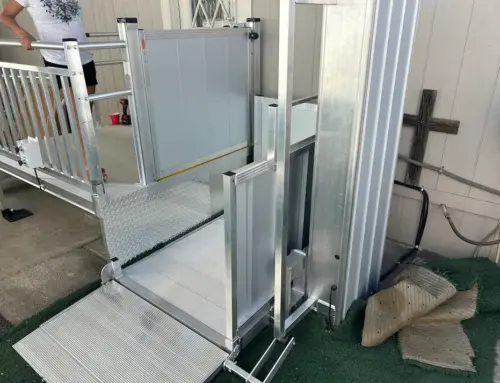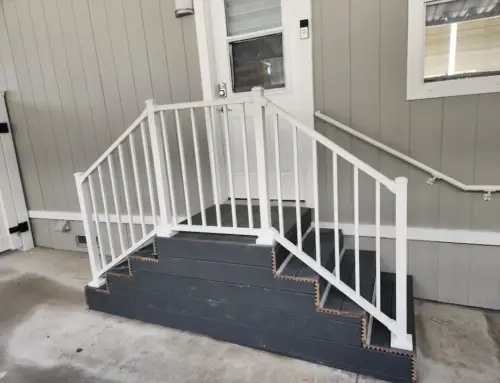A lot of studies indicate that life duration is influenced by healthcare, education, and money. It might not be easy to decide on the best care for aging loved ones or oneself. In the Golden Years, assisted living can enhance happiness and health. In this article, we will examine the pros and cons of assisted living.
The Definition of Assisted Living
It’s critical to understand the various kinds of care options available to senior citizens. The three primary categories are memory care, skilled nursing, and assisted living. Those who wish to maintain their independence but require some assistance with everyday duties might live in assisted living. These resemble communities where citizens can receive help when needed.
The degree of assistance provided is the primary distinction between assisted living and other forms of care. Individuals with assisted living have more freedom to take care of themselves. Assisted living is ideal for people who can handle most tasks on their own but require a little more assistance. Those who require greater assistance with daily duties can benefit from memory care and professional nursing.
The Pros and Cons of Assisted Living: A Detail Guide
The number of senior living citizens in the US presently exceeds 40 million. Currently, about 3 percent of them live in assisted living or nursing homes. Consider the advantages and disadvantages before moving a particular senior into an assisted living facility. Let’s examine the pros and cons of senior assisted living in more detail.
The Pros
Seniors who wish to keep their independence and active lifestyle should consider assisted living. It offers round-the-clock support for specific daily tasks. Some of the pros of assisted living are given below.
-
Person-Centered Care
Assisted living facilities provide varying levels of help, depending on how much help a senior needs to function. For some seniors, this may only involve doing laundry or housework, but it may also involve help with taking a shower and putting on clothes.
Each resident receives customized help to meet their individual needs. It also allows them to maintain their privacy and independence.
-
Help With Daily Activities
Many elderly people are unwilling to perform simple daily tasks. For instance, they struggle to perform basic tasks like caring for themselves and cooking. When they move into an assisted living facility, these elderly people can get all the help they need. These institutions have staff members trained to help seniors get around during the day.
By doing this, seniors can avoid falls and injuries during dressing. Additionally, it can guarantee that they eat and receive adequate nutrition. Many older people still living at home refuse to accept help from others. Yet, as they get to know the staff at an assisted living facility, they feel more at ease doing it.

-
Fostering a Sense of Community to Residents
Assisted living offers inhabitants a sense of community, which is one of its main advantages. This is helpful for people who feel alone or isolated in their own houses. Residents in assisted living facilities have the chance to socialize and build enduring relationships with others daily.
Couples who require assistance together are also welcome to live in assisted living. This may be a great comfort to families who were worried about what would happen to their loved ones if they were to become separated.
-
A Safe Environment
One further benefit of assisted living is that it offers residents a secure atmosphere. Most senior care facilities have security features. It includes gated gates and security officers on duty around the clock. Knowing their adored ones are safe and secure can provide residents and their families peace of mind.
Furthermore, staff members in assisted living facilities are usually on duty around the clock. They ensure that residents can receive the help they require whenever needed. Before residents move in, assisted living facilities screen them to ensure they are a suitable fit for the community.
-
Medication Management
In many ways, caregivers in assisted living facilities support residents with medication management. These institutions frequently have an on-site pharmacy to fulfill resident needs. They also have a contract with an outside pharmacy to distribute prescription drugs. Medication preparation and administration are available to residents at different hours of the day and night.
On the other hand, continuing education classes can be advantageous for people who would instead take their prescription on their own. Medication audits can also guarantee that they are effectively managing their medications. Caregivers can quickly incorporate dosage adjustments or drug swaps into their daily routine.
-
Healthy Meals
Every day, assisted living facilities provide three wholesome meals, snacks, and hydration carts. These carts are filled with fantastic refreshments. For the residents and their families, this arrangement simplifies organizing and preparing meals.
Trained chefs use only the best, freshest ingredients to create meals in these areas. There is a restaurant-style environment for meal service. As a result, locals can interact socially with one another.
The Cons
Everything that has a good impact also has a negative impact. But the cons are not that much. Some of the cons of assisted living are given below.
-
Extra Help Can Cost More Money
Unfortunately, asking for more assistance will cost more. It can cost up to $4,500 a month to move into assisted living.
Assisted living may be more expensive for people who require long-term care and assistance. Many decide to sell personal belongings to raise the money needed for assisted living and senior care, all while making sure that loved ones are kept safe.

-
Stress of Adjusting
A terminal illness or the death of a significant other are two unlucky events that frequently lead to moving into an assisted living home. The older person rarely makes this decision on their own. For this reason, a senior moving into this kind of care may find it challenging to get used to a new setting and regulations.
They will likely have to give up some of their favorite things, like their pets, get acclimated to new people and noises, and have set mealtime schedules. The elderly are susceptible to several negative impacts, so they must be prepared and aware of what to expect.
-
Lack of Privacy
The loss of privacy associated with assisted living is another possible drawback. Although residents in assisted living facilities usually have private bedrooms. They also share communal areas. Some people might prefer to live alone since they find it uncomfortable to be close to other people. Assisted living might not be the ideal choice if this is the case.
-
Lack of Medical Care
Generally, an assisted living resident would have to make arrangements for personal care or visit a hospital or doctor’s office off-site if they needed medical attention from a trained nurse or doctor due to an injury or medical condition.
Although some assisted living facilities provide proficient nursing care, nurses aren’t generally on call around the clock. They’re usually only present on-site during regular business hours. Individuals who require long-term or round-the-clock expert home care might do better in a nursing home.
FAQ
What is the Difference Between Assisted Living and a Nursing Home?
In a friendly environment, assisted living encourages freedom and emphasizes well-being. Each resident’s apartment is theirs to decorate however they choose. In addition to having complete control over their food choices in restaurant-style dining rooms, residents can pick how they want to spend their days and what activities they want to engage in.
Nursing homes offer 24-hour nursing care for the ill. However, medical professionals estimate that up to 30% of elderly people in nursing homes do not require 24-hour care. Assisted living provides these elderly people with a place to call home that is less expensive than a nursing home. It also offers happier surroundings, privacy, space, and dignity.
Who is Right for Assisted Living?
Assisted living is a good option for elderly people who are weak but not ill. Those who require assistance with everyday tasks, including meal preparation, clothing, housekeeping, etc, need assisted living. About one-third of those 85 years of age and beyond require help with these everyday tasks.
Seniors who desire comfort and don’t wish to depend on their relatives for support can also benefit from assisted living. Many seniors also want to live alone anymore or don’t want to worry about everyday household chores like cooking, grocery shopping, and housekeeping.
How Much Does Assisted Living Cost?
Assisted living costs differ from community to community. It is dependent upon multiple things. These consist of the rental apartment’s size and type. The amount also depends on the degree of care required. The resident’s selection of services also has an impact.
The typical monthly cost of assisted living in the US is between $7,000 and $9,000. Care for dementia and Alzheimer’s is more costly. The usual monthly range for these services is between $8,000 and $9,500.
Conclusion
At the end of our discussion of the pros and cons of assisted living, it is clear that each person’s needs will ultimately determine their choice. Assisted living raises questions about expense and privacy even though it provides social opportunities and a caring environment.
We at Call Before You Fall know how difficult it may be to live with limited mobility. We’re here to provide a consultation to help you and your loved ones find the finest options for safety and mobility in your home. Recall that the best decision involves balancing independence, care, and peace of mind.




